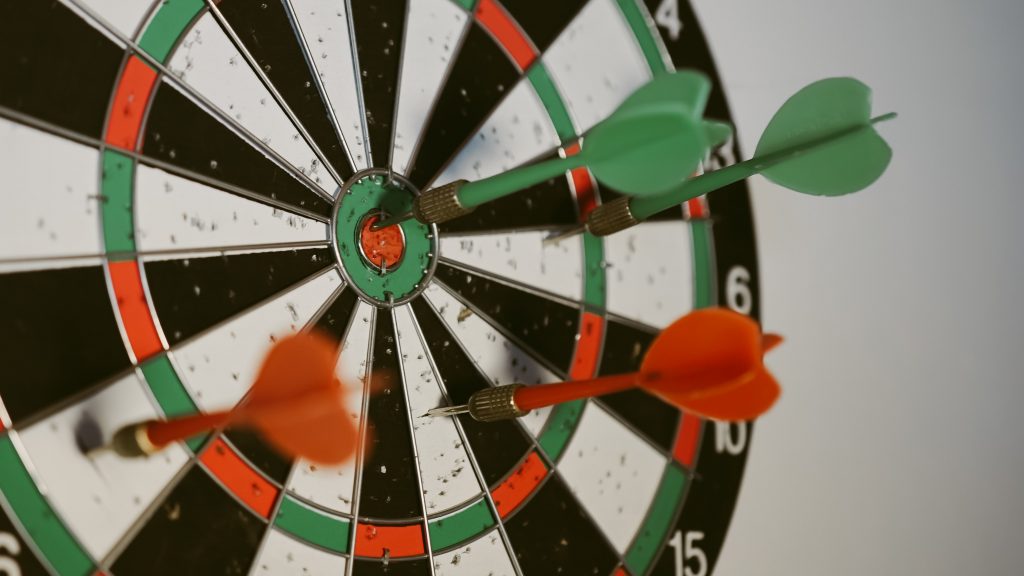
What is an Artwork Request/Briefing?
An Artwork Request is the start of the journey for a design agency. It contains the description of work that needs to be done on a design so that it meets all the necessary requirements to be ready to print and produce. This is applicable to both new designs and edits, and covers the process until it has gotten the sign off from all necessary departments and external parties.
Your design agency/studio needs a good request so that they can translate those requirements into a good artwork version.
Why is a perfect artwork request/briefing important?
- It guarantees that you, as a client, get what you are expecting from your designs
- It will reduce the number of back-and-forth iterations to complete the project
- It assures that the chance of error is kept to a minimum
- It makes turnaround times faster
Sounds simple. But in reality, it is not always so.
Why is that?
The reality is that many of the people making change requests do not create their information themselves, but they receive it from a third party (or sometimes even fourth). Frequently in a different language.
Furthermore, the level of understanding and knowledge about design/printing specifics of everybody involved in the artwork process varies a lot: across organisations, across different roles, across countries. It is literally impossible to expect that every single person involved knows the same, and that they are good at translating that information into an actionable instruction.
When that happens, and not enough/clear information is provided, it is very easy to fall into a trend that leads to extra time to ask questions and get answers, and to obtain and provide the right details (measurements, keylines, logos, images…).
What is then the perfect request?
The perfect request is one that describes the changes required in a way that makes the outcome anticipated clear and agreed on by both the requestor and the executor, but also other parties that may need to get involved later (e.g. manufacturer).
The perfect request should cover 5 main areas:
- Product guidelines – becoming familiar with the client’s guidelines is a pre. All designs must follow these, so they become a hidden requirement after the first iterations with a customer, but nonetheless, a very important item to request at the beginning or refer to.
- (Manufacturing) technical requirements – any printer/manufacturer requirements are important to understand so that the artworks are not sent back for adjustments at the last step of the process.
- Key data – including the text, changes to this, and graphics that the artwork needs to include and any earlier mockups or open artworks that may exist.
- Keylines – attach these always to a request, as using a wrong one will require big changes to your artwork versions.
- Format specifications – dimensions and other details about the artwork.
Obtaining this information may require interaction between different departments. It may be best to ask the experts on each area to pitch in to your request so that you get the right information in one go. Also important to have one system where to collate it all, rather than letting it fly through emails and attachments. But we can talk about that another time!
The important thing is to establish a great collaboration between your design agency and your quality and/or regulatory teams. They, together, need to manage the workflow process in a way that brings an artwork from request to execution with the least amount of changes and time to market.
And this collaboration starts with defining what is for your company a perfect starting point, using the above criteria, and what information needs to be provided and by whom at the start of the process.
Do you already know what YOUR perfect request looks like?
Share with us your perfect briefings via: marketing@twonas.com!

Marketing
